(MODERN MADE: Modern Art, Design & Studio Ceramics, 14th November 2019) § BRYAN INGHAM (BRITISH 1936-1997) AUF WIEDERSEHEN Studio stamp (to reverse) pencil, pen, oil, collage and mixed media, including drawing pins on board 20.5cm x 9.12cm (8.12in x 3.6in) Provenance: Estate of the artist. Note: FROM THE ESTATE OF BRYAN INGHAM Bryan Ingham was an independent and dedicated artist, who furrowed his own artistic path throughout a long and productive career, attributing his successful endeavours to ‘sheer, bloody hard work.’ Born and raised in Yorkshire, he was introduced to poetry and music by his bachelor uncle, who also forged in him a deep love of reading, despite his struggles at school. His first encounter with visual art and painting was through attendance at Scouts, where one evening a lady artist shared her watercolours; Ingham fell in love and was inspired to start painting himself. Later called up to the RAF, an ‘artistic sort of airman,’ he was fortunate enough to be paired in accommodation with a designer who had attended the Royal College of Art, whom further encouraged Ingham’s creative instincts and set him up still-life studies to work from. Ingham returned to Britain following his service armed with the ambition to be an artist. His ensuing formal artistic training took place at Central St. Martins and then the Royal College of Art, as the young Ingham felt a move to London entirely necessary to both his personal and artistic development. He gained attention from senior staff for his talent, and on the strength of his work generated numerous job offers at graduation and a grant allowing him to spend a year in Italy, travelling and then studying at the British Academy in Rome. At this stage, Ingham seemed poised to become an establishment artist, with works already receiving prime positions and sales at the Royal Academy. Yet, eternally independent, he instead made the decision to purchase a remote cottage on the Lizard peninsula in West Cornwall, following in the footsteps of Ben Nicholson and Barbara Hepworth He maintained this for the rest of his life, and worked there for long periods every year, interspersed with trips abroad, particularly to northern Germany, and times where he lived elsewhere in Cornwall, most notably at St. Ives. This commitment to Cornwall drew him into both the inspiration and social network of the St. Ives school, of which he became an important figure. Throughout his career, Ingham worked in a variety of mediums, creating a large body of works that drew on the rich artistic legacy of Britain, and artists such as Nicholson and Peter Lanyon alongside the wider continental influences of Mondrian, Braque and Picasso. Towards the end of his life he reflected on his career as a 45-year ‘apprenticeship,’ acknowledging ‘there is the argument that by going down many false paths one has enriched one’s vocabulary, if only minimally, but positively enriched it…because nobody else has gone up and down those various pathways . . . I’ve been up and down a hell of a lot of pathways.’ Lyon & Turnbull are delighted to be offering a carefully curated selection of work from the artist’s estate, showing the fundamental role that Ingham played in the interdisciplinary nature of British art during the 20th Century.
(MODERN MADE: Modern Art, Design & Studio Ceramics, 14th November 2019) § BRYAN INGHAM (BRITISH 1936-1997) AUF WIEDERSEHEN Studio stamp (to reverse) pencil, pen, oil, collage and mixed media, including drawing pins on board 20.5cm x 9.12cm (8.12in x 3.6in) Provenance: Estate of the artist. Note: FROM THE ESTATE OF BRYAN INGHAM Bryan Ingham was an independent and dedicated artist, who furrowed his own artistic path throughout a long and productive career, attributing his successful endeavours to ‘sheer, bloody hard work.’ Born and raised in Yorkshire, he was introduced to poetry and music by his bachelor uncle, who also forged in him a deep love of reading, despite his struggles at school. His first encounter with visual art and painting was through attendance at Scouts, where one evening a lady artist shared her watercolours; Ingham fell in love and was inspired to start painting himself. Later called up to the RAF, an ‘artistic sort of airman,’ he was fortunate enough to be paired in accommodation with a designer who had attended the Royal College of Art, whom further encouraged Ingham’s creative instincts and set him up still-life studies to work from. Ingham returned to Britain following his service armed with the ambition to be an artist. His ensuing formal artistic training took place at Central St. Martins and then the Royal College of Art, as the young Ingham felt a move to London entirely necessary to both his personal and artistic development. He gained attention from senior staff for his talent, and on the strength of his work generated numerous job offers at graduation and a grant allowing him to spend a year in Italy, travelling and then studying at the British Academy in Rome. At this stage, Ingham seemed poised to become an establishment artist, with works already receiving prime positions and sales at the Royal Academy. Yet, eternally independent, he instead made the decision to purchase a remote cottage on the Lizard peninsula in West Cornwall, following in the footsteps of Ben Nicholson and Barbara Hepworth He maintained this for the rest of his life, and worked there for long periods every year, interspersed with trips abroad, particularly to northern Germany, and times where he lived elsewhere in Cornwall, most notably at St. Ives. This commitment to Cornwall drew him into both the inspiration and social network of the St. Ives school, of which he became an important figure. Throughout his career, Ingham worked in a variety of mediums, creating a large body of works that drew on the rich artistic legacy of Britain, and artists such as Nicholson and Peter Lanyon alongside the wider continental influences of Mondrian, Braque and Picasso. Towards the end of his life he reflected on his career as a 45-year ‘apprenticeship,’ acknowledging ‘there is the argument that by going down many false paths one has enriched one’s vocabulary, if only minimally, but positively enriched it…because nobody else has gone up and down those various pathways . . . I’ve been up and down a hell of a lot of pathways.’ Lyon & Turnbull are delighted to be offering a carefully curated selection of work from the artist’s estate, showing the fundamental role that Ingham played in the interdisciplinary nature of British art during the 20th Century.
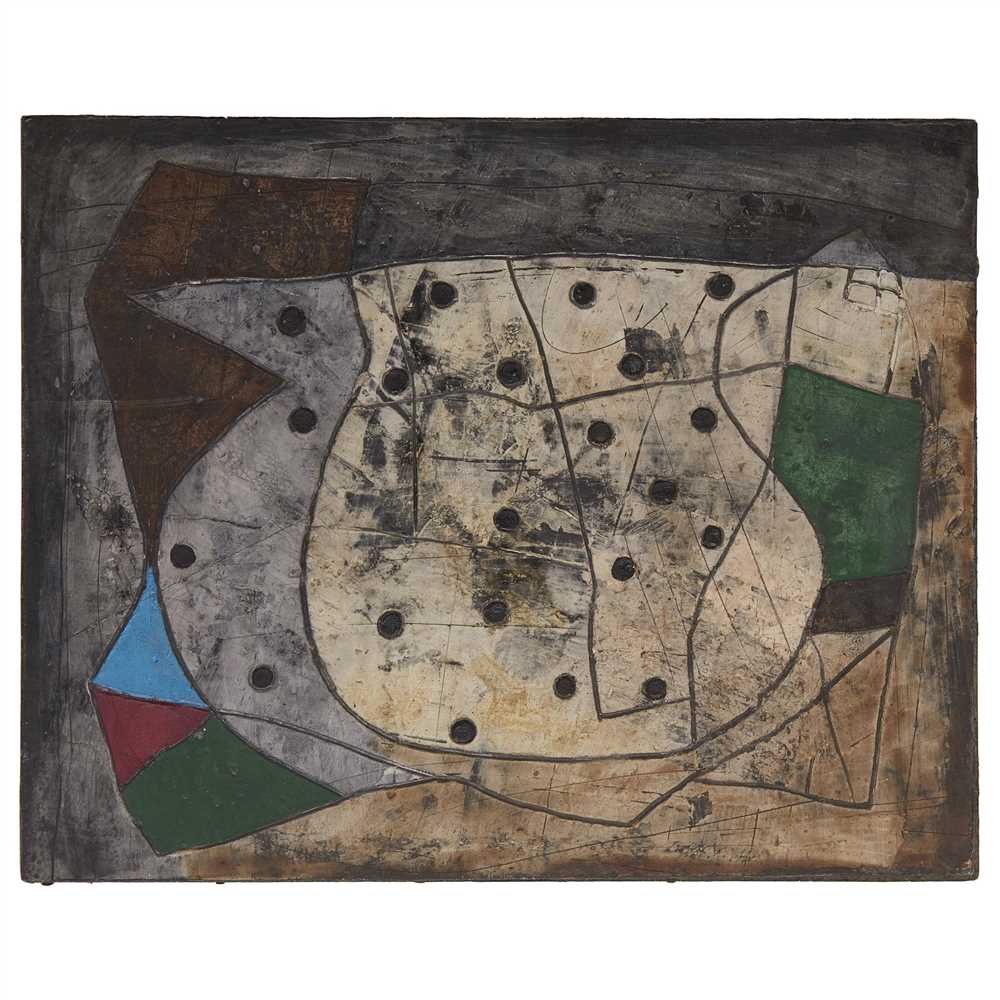


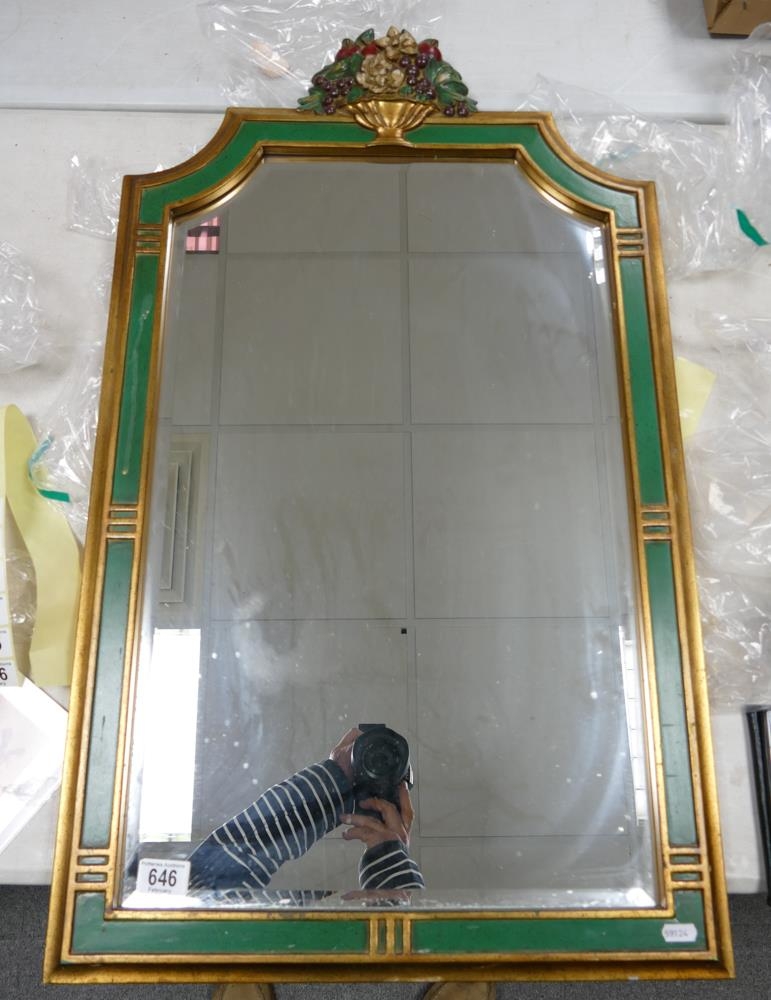
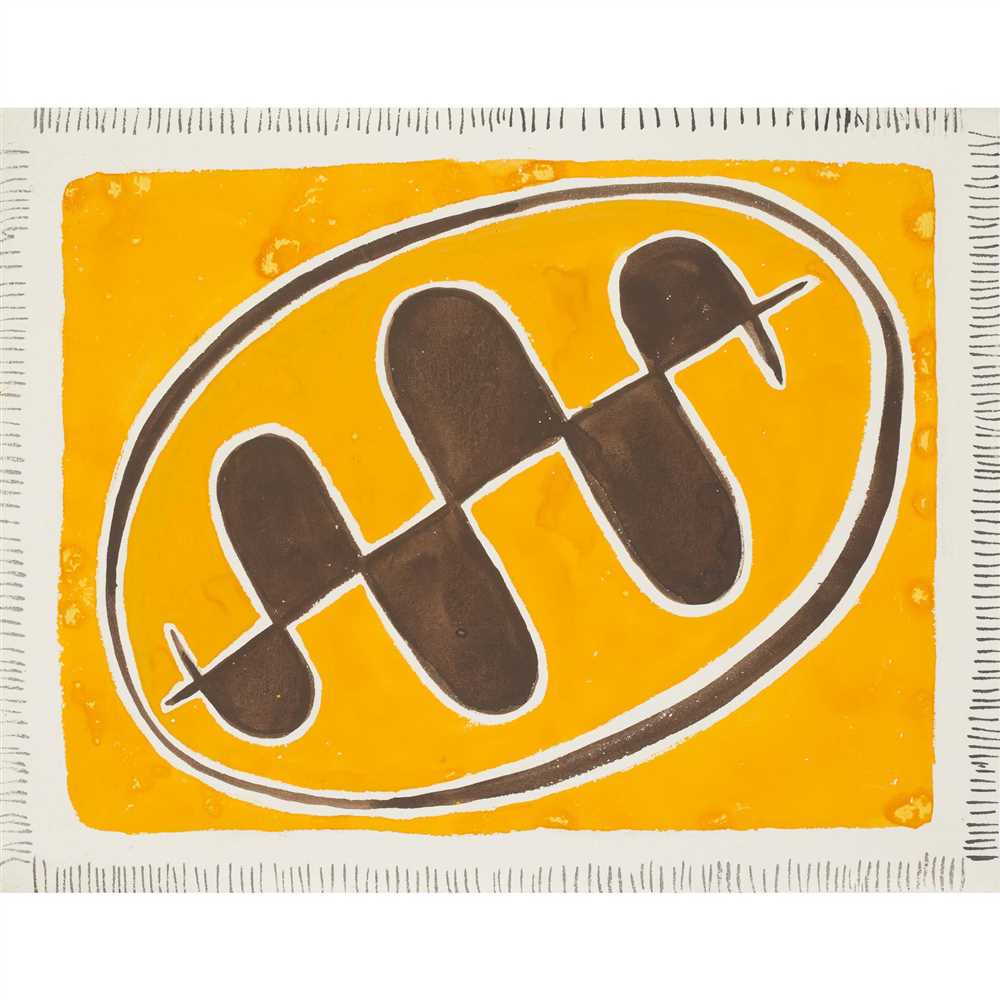
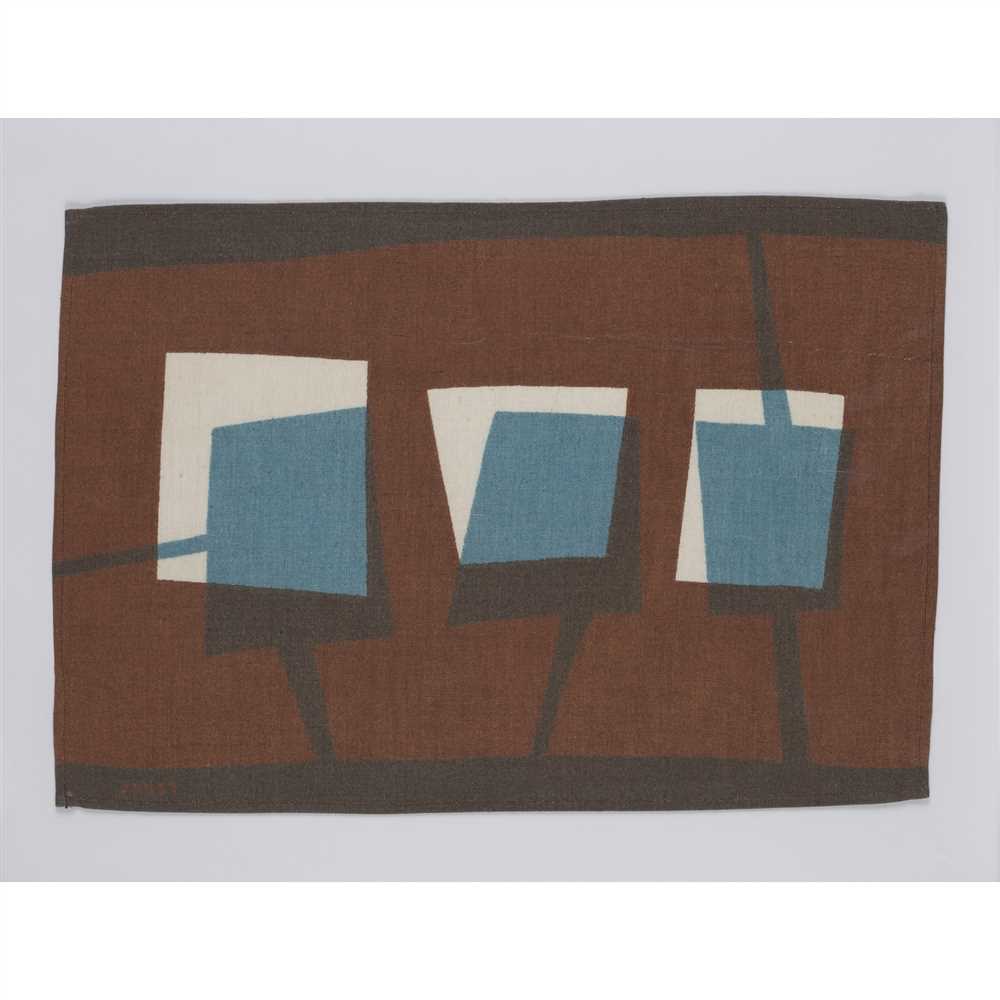
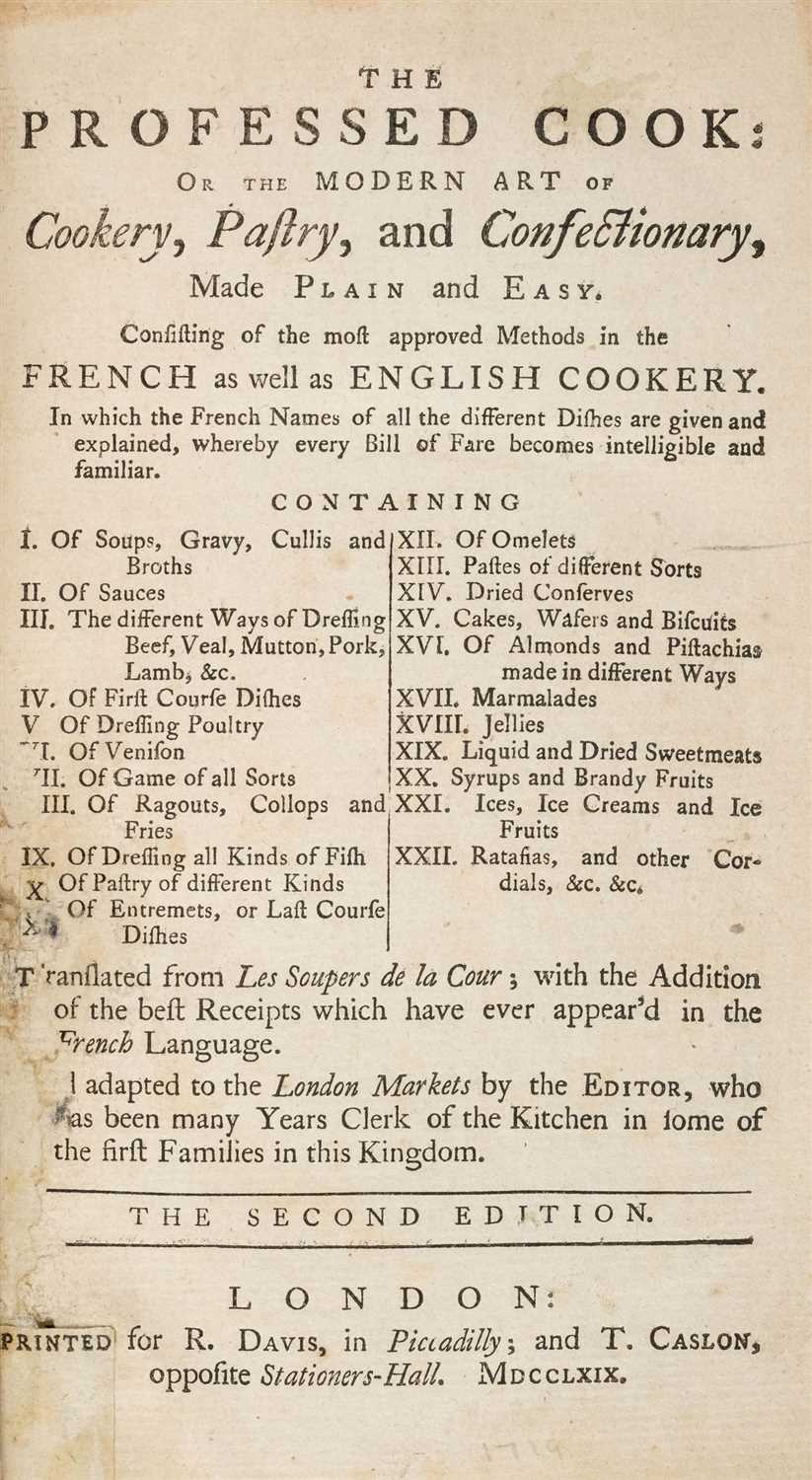
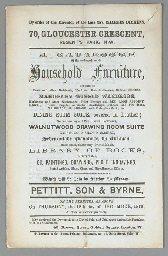
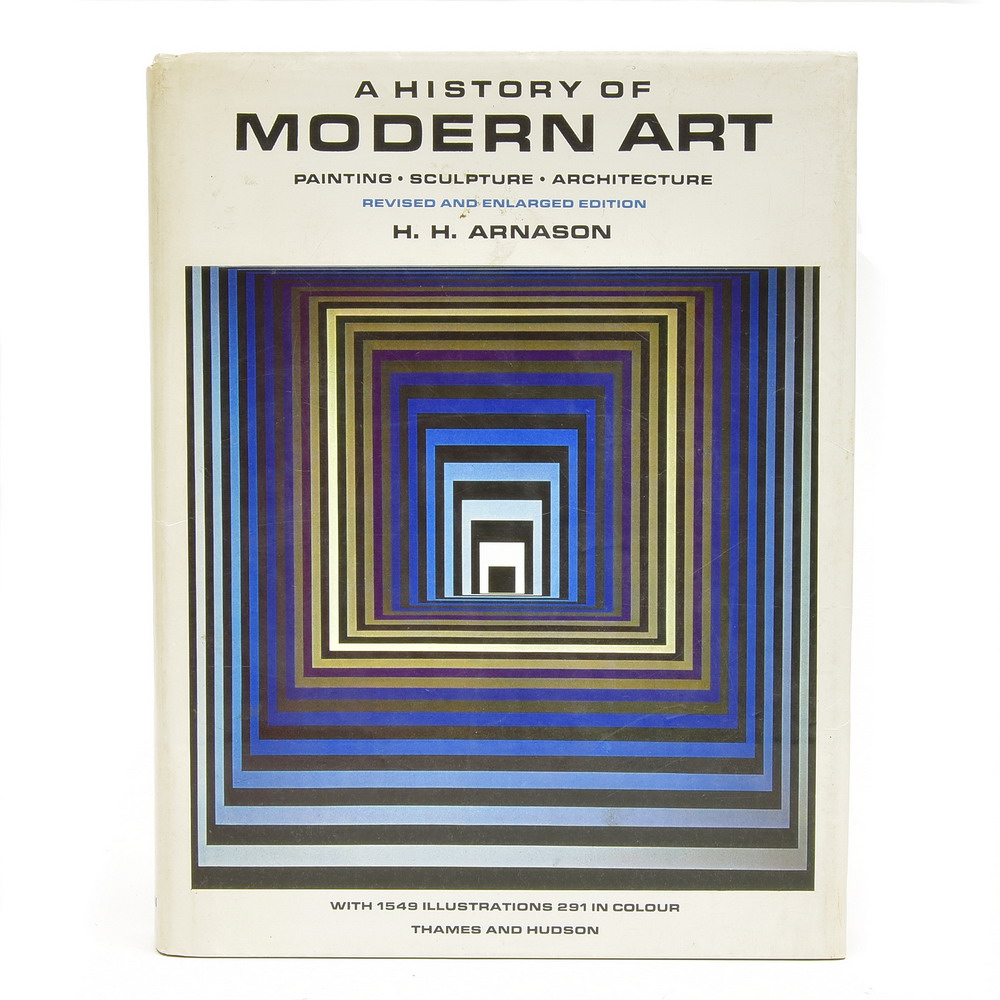

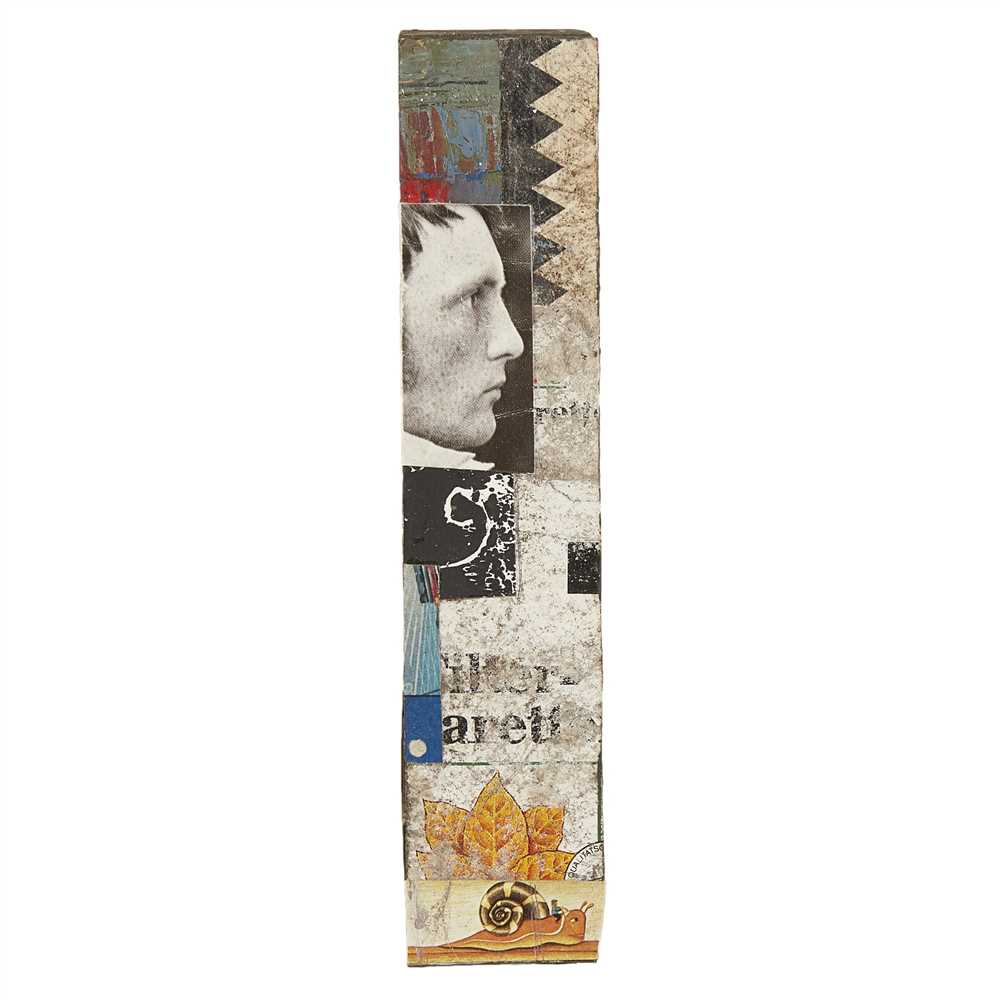
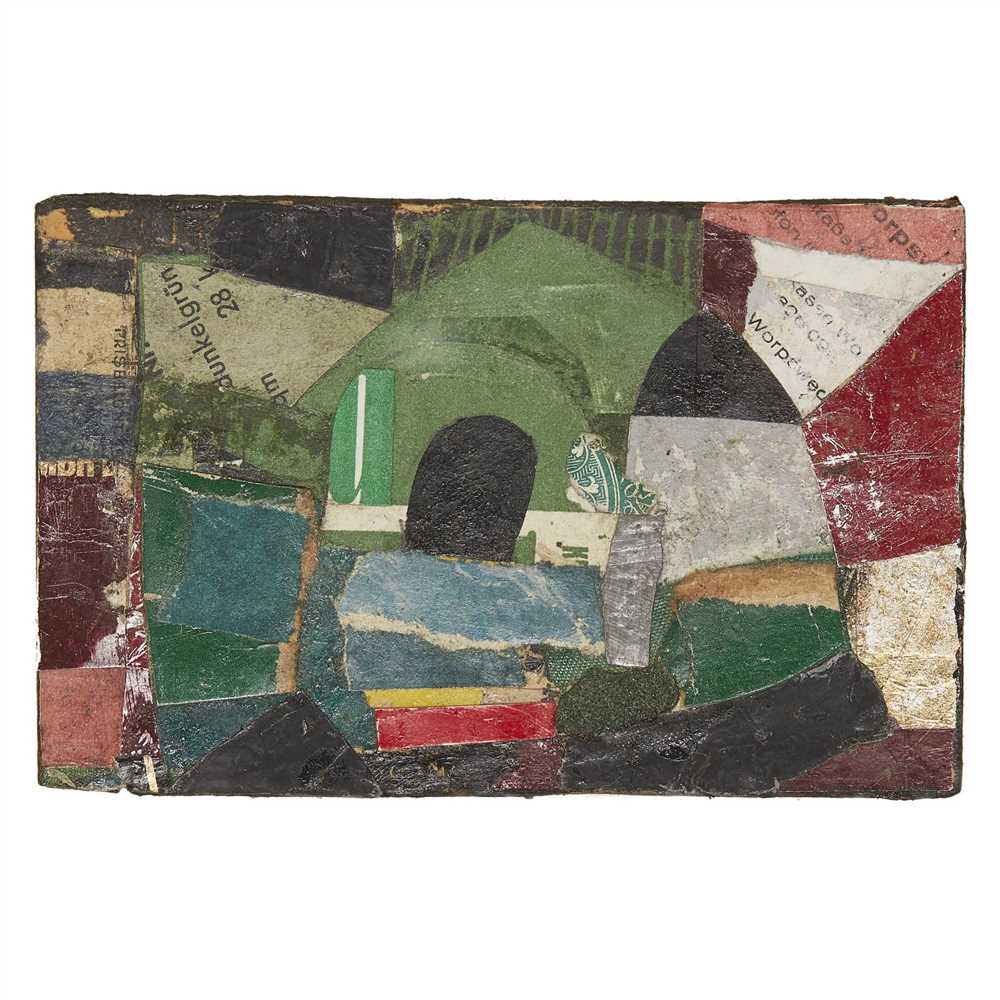
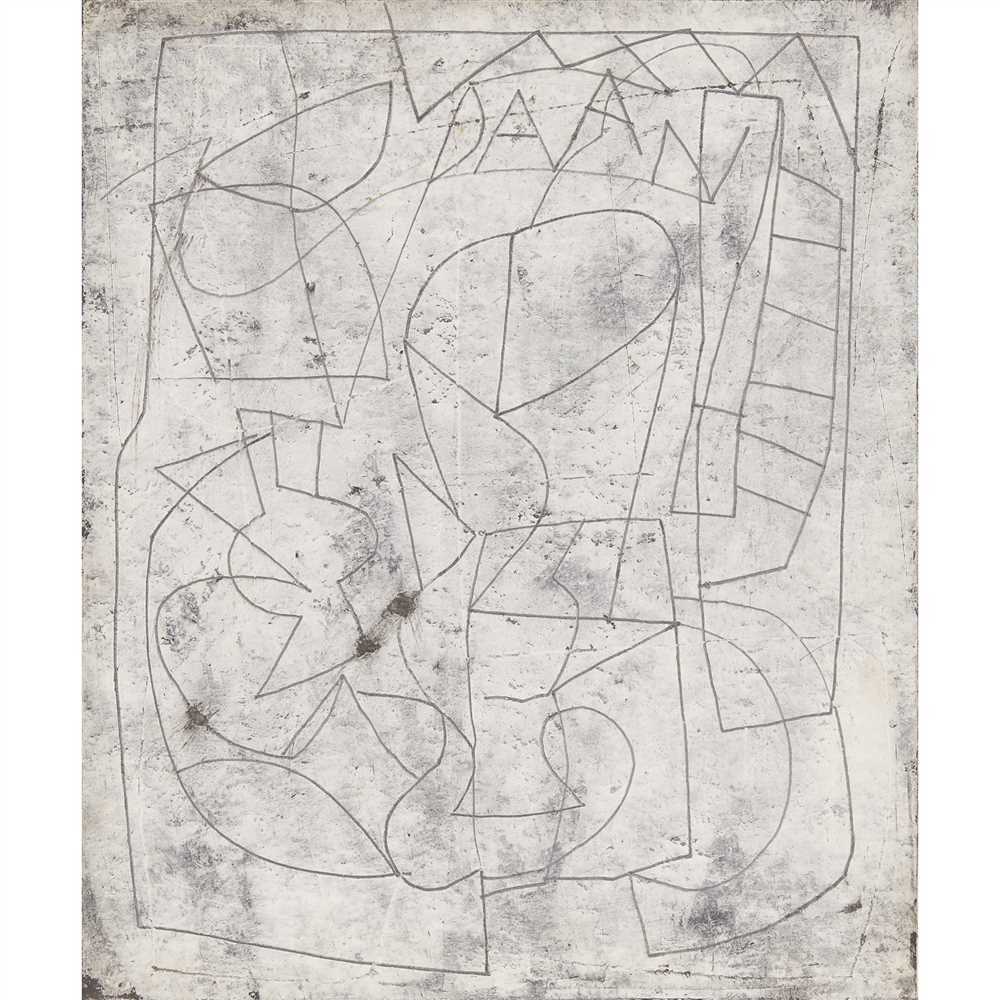


Testen Sie LotSearch und seine Premium-Features 7 Tage - ohne Kosten!
Lassen Sie sich automatisch über neue Objekte in kommenden Auktionen benachrichtigen.
Suchauftrag anlegen